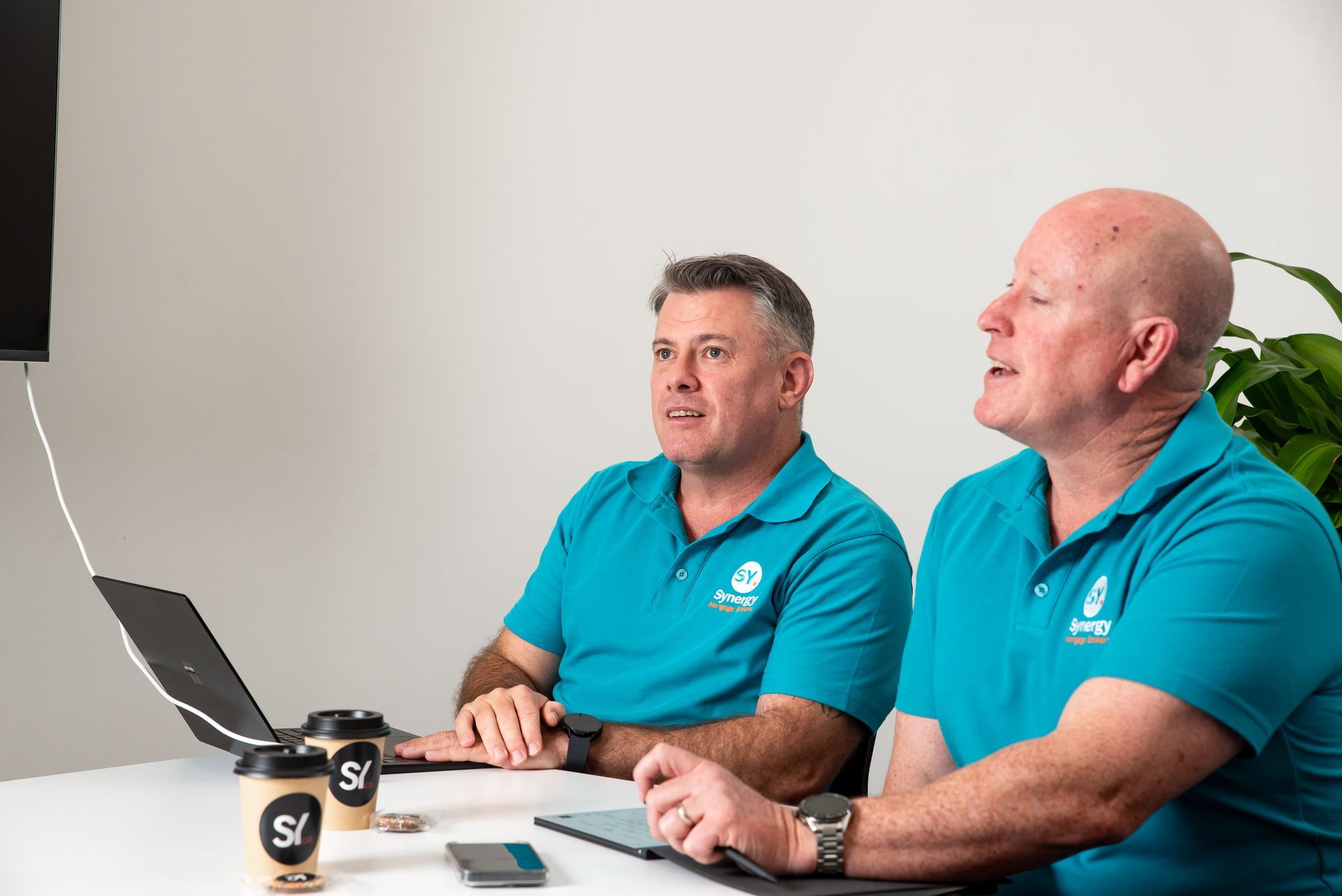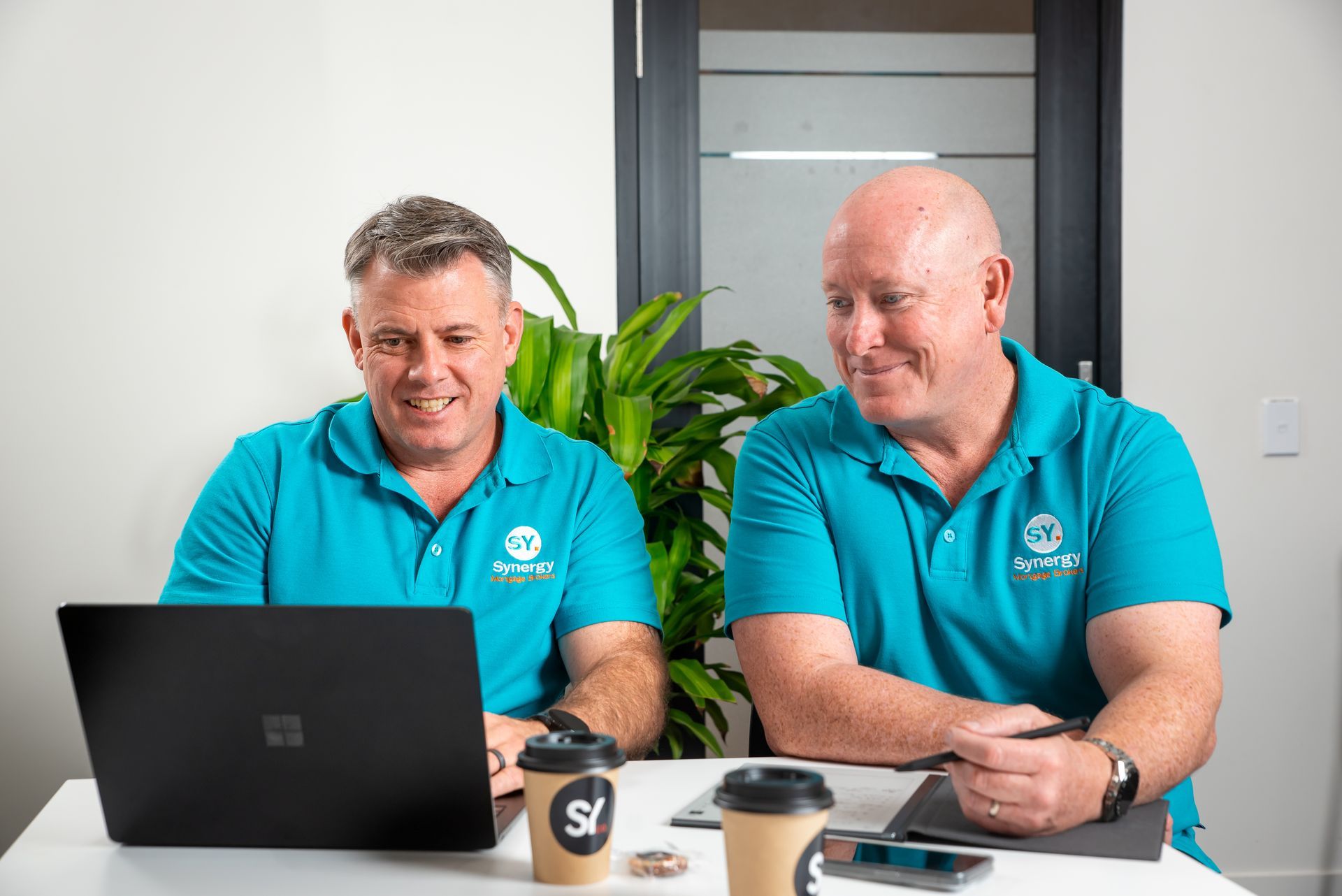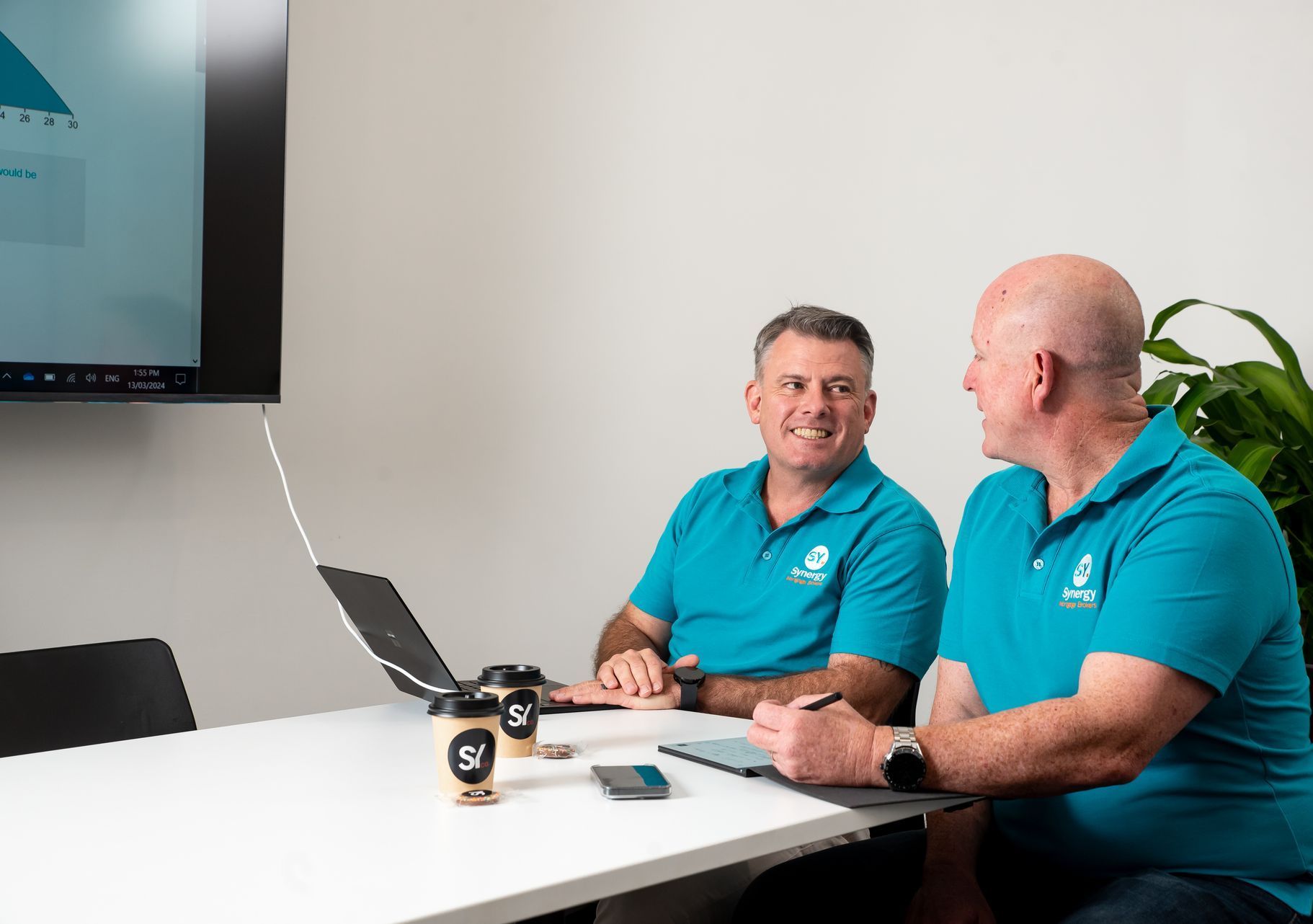So, you’ve bought a home and your fixed rate mortgage is about to come to an end. If you’re feeling a mix of anticipation and uncertainty about the next steps, you’re not alone! The transition from a fixed rate to what comes next is a crucial moment in your mortgage journey, and it’s essential to understand the options and implications that lie ahead.
A fixed rate mortgage can provide a sense of stability and predictability with your monthly payments. But as the end of this fixed period approaches, you might be wondering what changes are in store and how they could impact your finances. In this guide, we’ll walk you through everything you need to know about what happens when your fixed rate mortgage ends in Australia.

Fixed Rate Mortgage Overview
A fixed rate mortgage is a type of home loan where your interest rate—and therefore your monthly repayments—remains the same throughout the fixed term of the loan. Typically, you can "lock in" your repayments for a fixed period that ranges between 1 to 5 years.
However, keep in mind that the total length of your mortgage might still be much longer, often 25 to 30 years.
Pros of a Fixed Rate Mortgage:
- Stable Repayments: Your monthly payments won't increase if the Reserve Bank of Australia’s Cash Rate goes up, which provides peace of mind and stability.
- Budgeting: With consistent repayments, you can plan your finances with greater certainty and avoid surprises.
Cons of a Fixed Rate Mortgage:
- No Benefit from Rate Drops: If interest rates fall, your repayments won’t decrease, meaning you miss out on potential savings.
- Limited Flexibility: Fixed rate mortgages often allows for only limited additional payments and can penalise you for paying off the loan early.
- Early Payout Penalties: Paying off your loan early or refinancing during the fixed period may incur penalties, which can be costly!
What To Do at The End Of A Fixed Rate Period?
Once your fixed rate period ends, you have a couple of choices. You can either renew your fixed rate mortgage at the current market rates for another term or switch to a variable interest rate.
Refix
If you’re happy with the predictability of fixed repayments, you can choose to refix your home loan—assuming your lender allows it. You can typically refix for up to five years, giving you continued protection against rising interest rates.
However, there’s a trade-off: if variable interest rates drop during your term, you might miss out on potential savings.
It is also important to consider that fixing your rate again may not be the best choice if you plan to sell your home, renovate, or make a lot of extra repayments, as these activities could be restricted by the terms of a fixed loan.
Refinance
Refinancing involves revising your existing loan with a new one. This could mean securing a lower interest rate, shortening the loan term, or accessing additional features that suit your needs better.
You can also consider refinancing to a split loan, combining the benefits of both fixed and variable rates. This option lets you fix part of your loan while keeping the rest on a variable rate, giving you a mix of stability and flexibility.
Revert
If you do nothing at the end of your fixed rate period, your mortgage will typically revert to the lender’s standard variable interest rate, which can fluctuate depending on market conditions.
If you found your fixed rate home loan to be restrictive, a variable interest rate offers more flexibility. You’ll gain access to features like offset sub-accounts, redraw facilities, and the ability to make unlimited additional repayments. And if you ever decide you want the security of a fixed rate again, you can always choose to refix in the future.
Can I Break A Fixed Term Mortgage?
Yes, it is possible to break a fixed term mortgage, but it's not always as simple as it sounds. Breaking a fixed term mortgage means ending your loan agreement before the end of the fixed period, which can happen for various reasons—like selling your home, repaying the loan in full before the fixed-rate period ends, refinancing, or making extra home loan repayments beyond the limit.
However, it's important to understand that breaking a fixed term comes with costs that can be pretty significant. Every lender will have different terms and fees. The most common being a fixed rate break cost and a fixed rate admin fee.
How To Manage Higher Repayments?
When your fixed rate period ends, your loan usually reverts to your lender’s standard variable rate, which can be higher, especially if interest rates have increased. This can result in higher monthly repayments, putting a strain on your budget. But don’t worry—there are steps you can take to manage this change and potentially save money.
- Review your budget: Reviewing your budget not only helps you stay on top of your repayments but also allows you to adjust your financial priorities and maintain control over your overall financial health. Start by calculating your new repayment amount based on the current interest rate, and compare it to your previous fixed repayments. This will give you a clear idea of how much more you'll need to allocate each month towards your mortgage. Take a close look at your income and expenses, and identify areas where you can cut back or adjust. Small changes, can free up funds to cover the increased mortgage costs.
- Shop Around for the Best Interest Rate: The end of your fixed rate period is the perfect time to conduct some research and find the most competitive interest rates on the market. Even a slightly lower rate could save you thousands of dollars over the life of your loan. Don’t feel obligated to stay with your current lender; many other lenders may offer better deals that suit your budget.
- Request a Rate Review from Your Current Lender: Ask your existing lender to review your current interest rate. Let them know you’re considering refinancing, and see if they can offer you a more competitive deal to keep your business. Often, lenders are willing to negotiate to prevent you from switching to a competitor.
- Evaluate All Your Options: If interest rates have risen and you’re worried about your repayments increasing, it’s worth exploring all available options. Whether it’s refinancing, fixing your rate again, or even splitting your loan between fixed and variable rates, taking proactive steps can help you navigate the end of your fixed rate period with confidence.
Looking For Advice?
Not sure which option is right for you when your fixed rate period ends? You’re not alone, and making the best decision can feel overwhelming. But with the help of a mortgage expert, you don't have to navigate this process on your own. They can assess your financial situation, listen to your concerns, and provide tailored recommendations on the best home loan options for your specific needs.
A mortgage expert will break down your options, highlight the benefits and potential drawbacks, and help you find the most suitable path forward. If changing lenders is the best choice, they can also guide you step-by-step through the switch, ensuring a smooth transition without the hassle.
Having the right advice can make all the difference, giving you the confidence to move forward knowing you’ve made the best decision for your financial future. So, if you’re feeling uncertain, don’t hesitate to reach out—professional guidance is just a call away!
Navigating the End of Your Fixed Rate Period
As your fixed rate period ends, it’s perfectly normal to feel a bit unsure about what’s next. But, it’s also an opportunity to reassess and make choices that align with your current financial goals. Whether you decide to refix, refinance, or let your loan revert to a variable rate, the key is to stay informed, proactive, and open to exploring all your options!
At Synergy Mortgage Brokers, our expert mortgage brokers are here to help you find the perfect solution tailored to your needs. We’ll guide you through every step, from reviewing your options and comparing rates to making the best decision for your financial future. Don’t let uncertainty hold you back—contact us today and let’s turn this transition into a positive opportunity for you!
Subscribe Today!
Stay in the loop - subscribe to our newsletter for the latest trends and insights.









